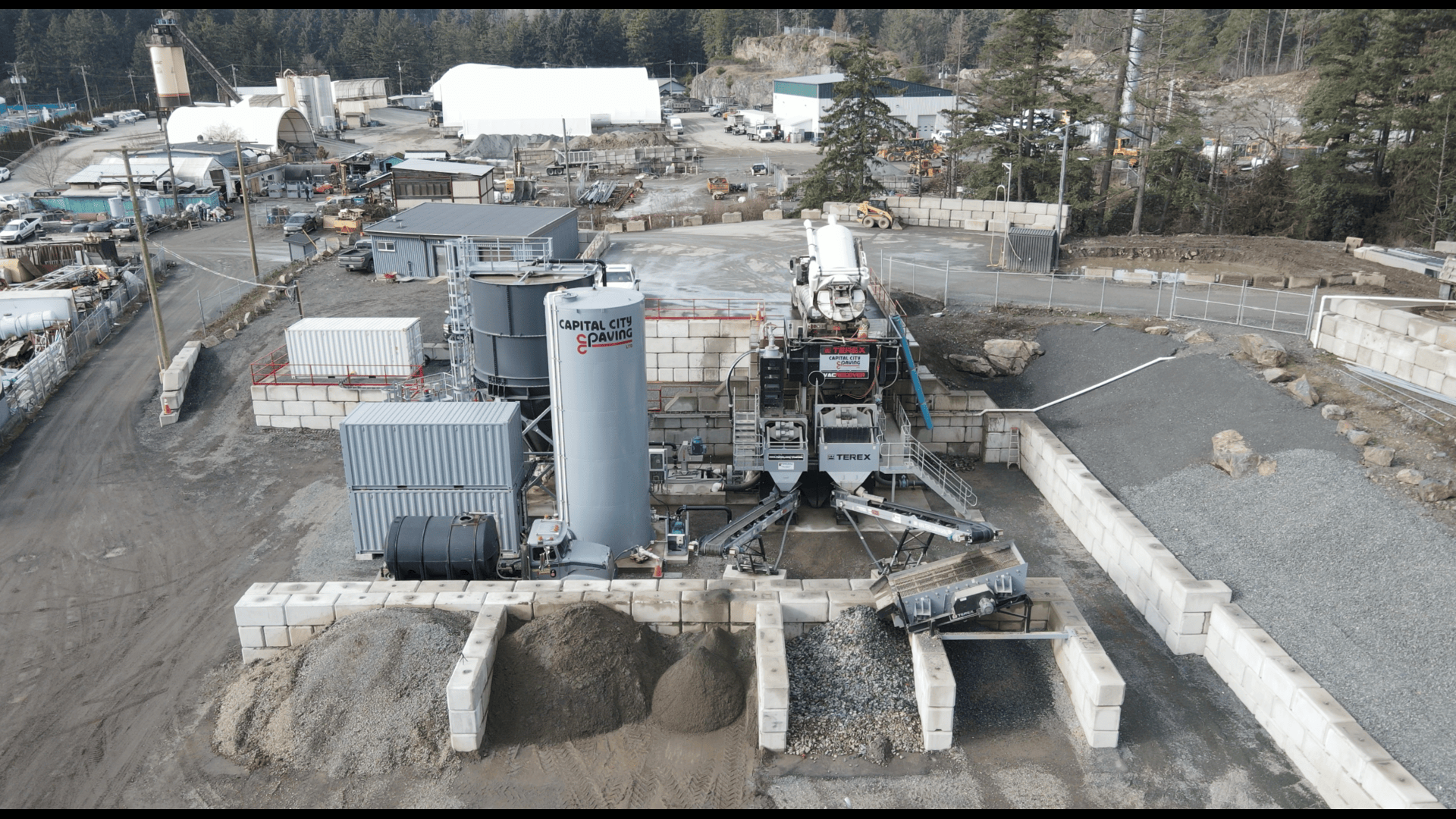 English
English



At Terex Washing Systems, we offer proven solutions to process hydro excavation waste efficiently and sustainably. Our Vacrecover system is specifically designed to receive and process vacuum tank and sweeper waste, separating solids from water to reduce disposal costs and recover reusable materials. Compact, efficient, and easy to integrate, it enables operators to increase productivity, reduce downtime, and meet environmental regulations all while turning waste into value.